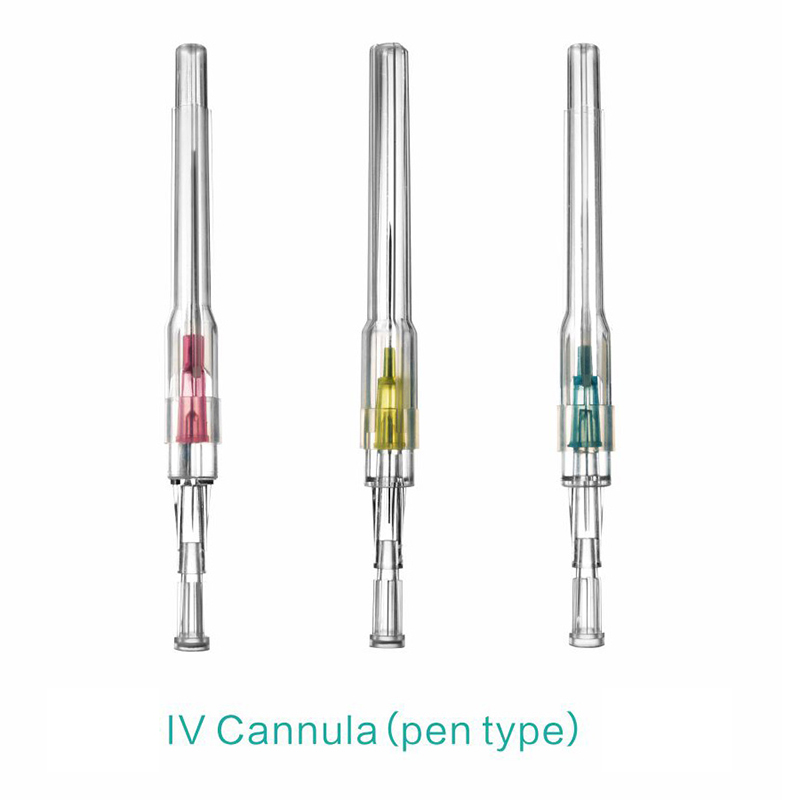Brief view of this article:
What is IV cannula?
What are the different types of IV cannula?
What are IV cannulation used for?
What is the size of 4 cannula?
What is IV cannula?
An IV is a small plastic tube, inserted into a vein, usually in your hand or arm. IV cannulas consist of short, flexible tubing doctors place into a vein.
What are IV cannulation used for?
Common uses of IV cannulas include:
blood transfusions or draws
administering medication
providing fluids
What are the different types of IV cannula?
Peripheral IV cannula
The most commonly used IV cannula, the peripheral IV cannula is usually used for emergency room and surgical patients, or for those individuals who undergo radiological imaging. Each of these IV lines is used for up to four days and not beyond that. It is attached to an IV catheter and then taped to the skin by making use of adhesive tape or a non-allergic alternative.
Central line IV cannula
Medical professionals may use a central line cannula for a person who needs long-term treatments that require medicine or fluids intravenously over a period of weeks or months. For example, a person receiving chemotherapy might require a central line IV cannula.
Central line IV cannulas can quickly deliver medication and fluids into the person’s body via the jugular vein, femoral vein, or subclavian vein.
Draining cannulas
Doctors use draining cannulas to drain fluids or other substances from a person’s body. Sometimes doctors might also use these cannulas during liposuction.
The cannula often surrounds what is known as a trocar. A trocar is a sharp metal or plastic instrument that can puncture tissue and allow the removal or insertion of fluid from a body cavity or organ
What is the size of IV cannula?
Sizes and flow rates
There are several sizes of intravenous cannulas. The most common sizes range from 14 to 24 gauge.
The higher the gauge number, the smaller the cannula.
Different sized cannulas move liquid through them at different rates, known as flow rates.
A 14-gauge cannula can pass approximately 270 milliliters (ml) of saline in 1 minute. A 22-gauge cannula can pass 31 ml in 21 minutes.
The size is decided on the basis of the patient’s condition, purpose of the IV cannula and the urgency at which the fluid needs to be delivered.
It is important to know the different types of cannulas and their usage for effective and proper treatment of the patient. These should be used only after careful examination and a doctor’s approval.
Post time: Feb-08-2023


